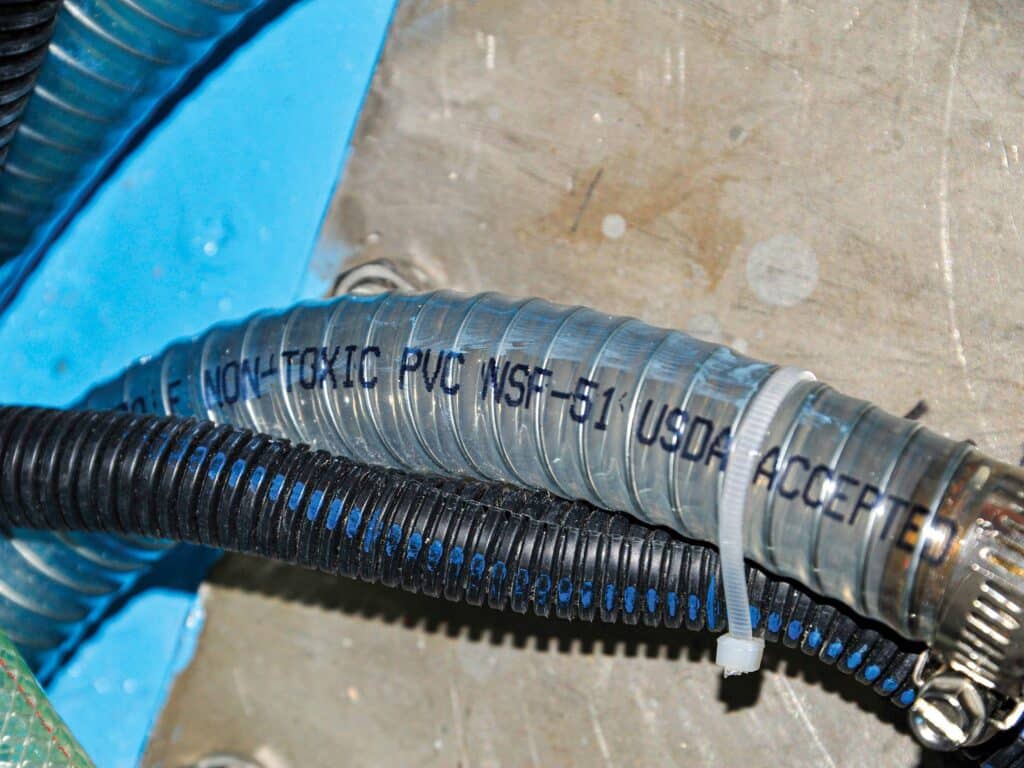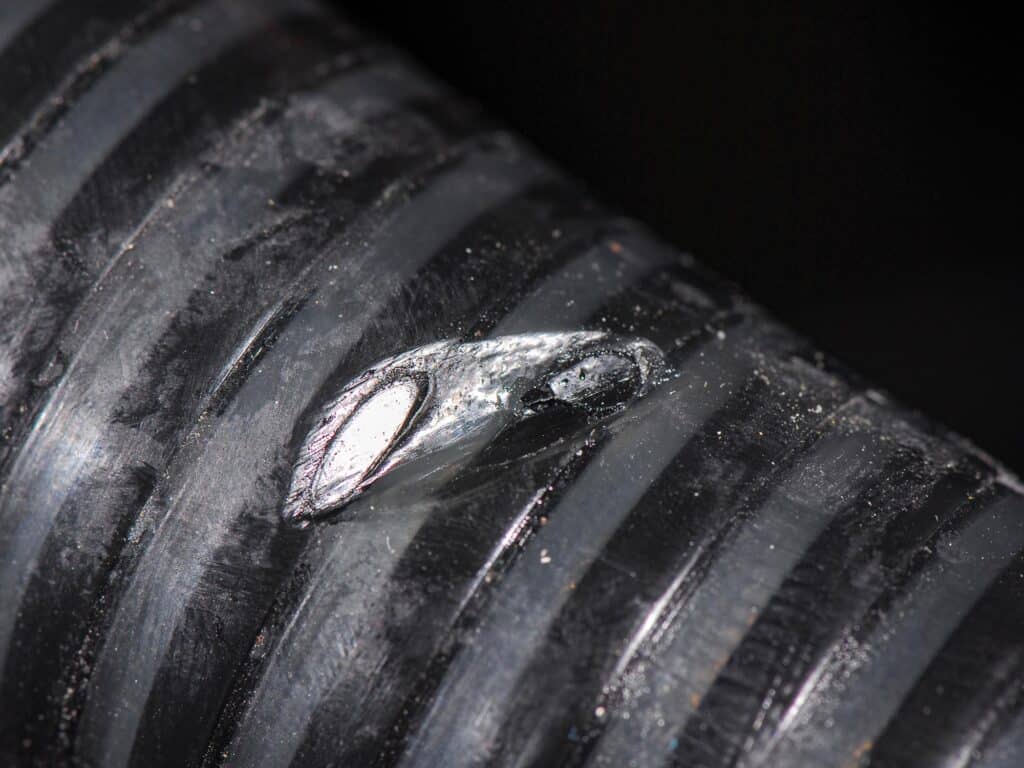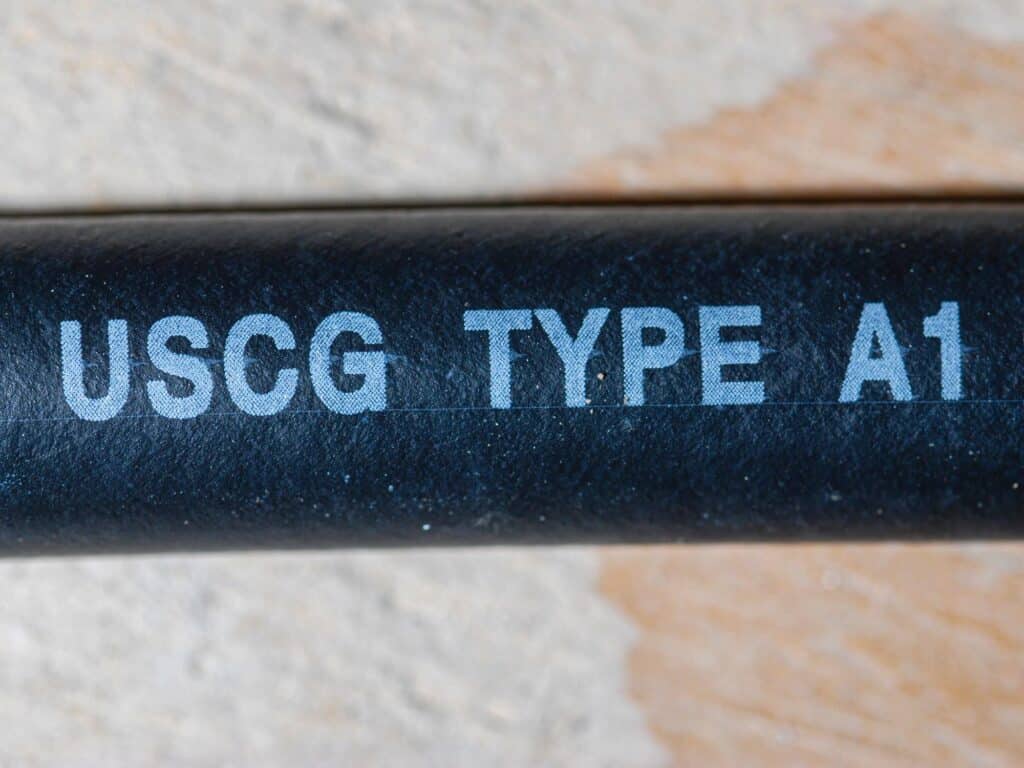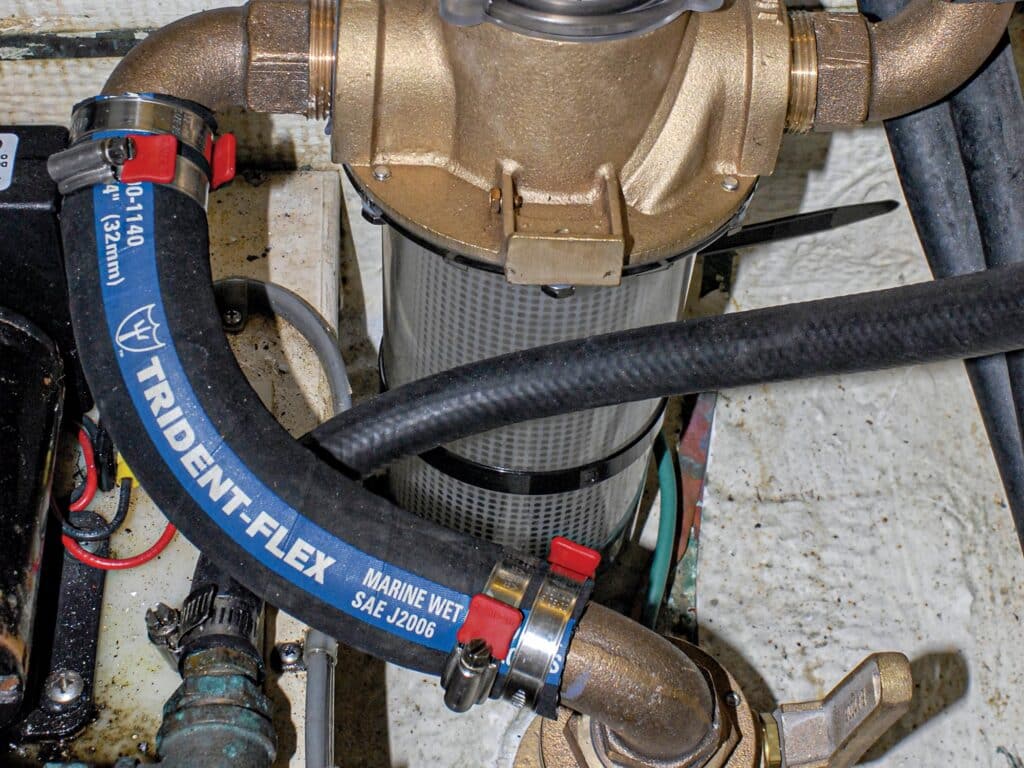
Hoses are like arteries and veins for your vessel. You can’t live without them, and the healthier they are, the better. They convey everything from seawater and exhaust gases to fuel, effluent and potable water.
While virtually all hoses are critical, some are more important than others. If a blackwater hose fails, it can be inconvenient and unpleasant, and it might force you to head to a yard for assistance. But if a hose fails below the waterline and involves raw water or fuel, that can be catastrophic.
While it might sound obvious, not all hose is created equal. Few hoses can do double duty. Most are specifically designed for one or, at most, two tasks.

I frequently encounter unsuitable hose being used in below-the-waterline raw-water applications. Because a failure can lead to flooding, this hose must be especially robust and purpose-made for the application. When a question arises about the type of hose that should be used, I often say, “Let’s see what the hose manufacturer says about the product, and be sure to let them know that a failure could lead to the loss of the vessel.” That often ends the discussion.
With few exceptions, most clear PVC hose, even when it’s reinforced, isn’t suited to raw-water use, especially below the waterline. And “below the waterline” has a specific definition where the American Boat & Yacht Council Standards are concerned: It includes any part of a sailing vessel’s hull that is submerged when the vessel heels to the toe rail.
If hose is labeled SAE J2006, then it’s designated for use as a wet exhaust hose, and thus suited for all raw-water applications above or below the waterline. While that rating isn’t mandatory, there are hoses designed for raw-water use that aren’t designed for exhaust applications. If the rating is present, you can rest assured that the hose is robust.

There are several different types of fuel hose, including A1 and A2, and B1 and B2, with some variations. Ideally, and for ABYC compliance, all hose used aboard inboard-powered vessels should have an A rating, which means it is capable of withstanding two and a half minutes of exposure to flame without failing. The “1” suffix denotes that it is designed for fuel supply, and the “2” suffix means fuel fill. Type B hoses should be used only for outboard motors. Ordinary automotive fuel hose should not be used, especially in engine compartments.
Hose, tubing and all plumbing used for potable-water applications should be specifically designed for that application. Where hose is concerned, it must carry a designation for drinking water. These might be written as NSF 61, FDA-approved or potable water. And most hose carries a maximum-temperature rating. Most water heaters will provide water that is no more than about 125 degrees Fahrenheit, however, it might be significantly hotter if water is being heated by the engine. Make sure the hose is rated for the anticipated temperature.
If your engine is plumbed to your water heater, as almost all are, then it must be equipped with a tempering valve, a device that I’ll discuss next month. Metallic plumbing components, particularly those made from brass or bronze, should be lead-free and thus safe for potable water.

If a hose has no markings, then it should not be used in a potable-water, fuel or raw-water application.
Steve D’Antonio holds four American Boat and Yacht Council certifications, including Corrosion, Diesel Engine, Electrical and Systems categories, affording him ABYC Master Technician status. He offers services for boat owners and buyers through Steve D’Antonio Marine Consulting.








